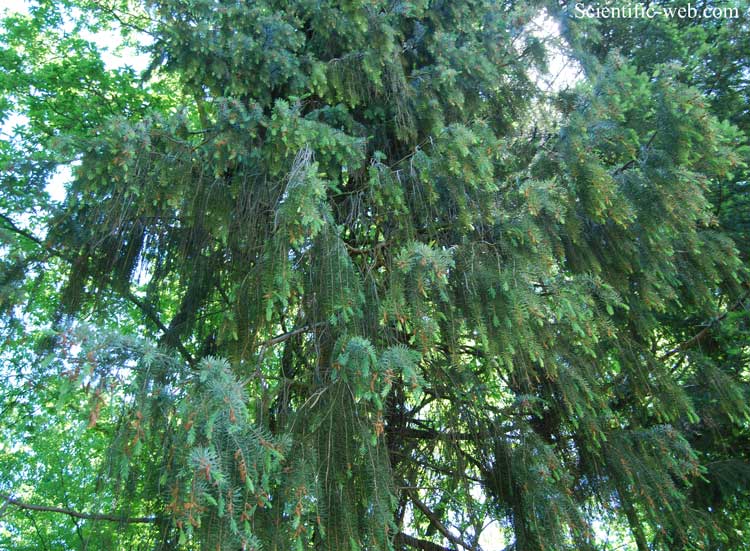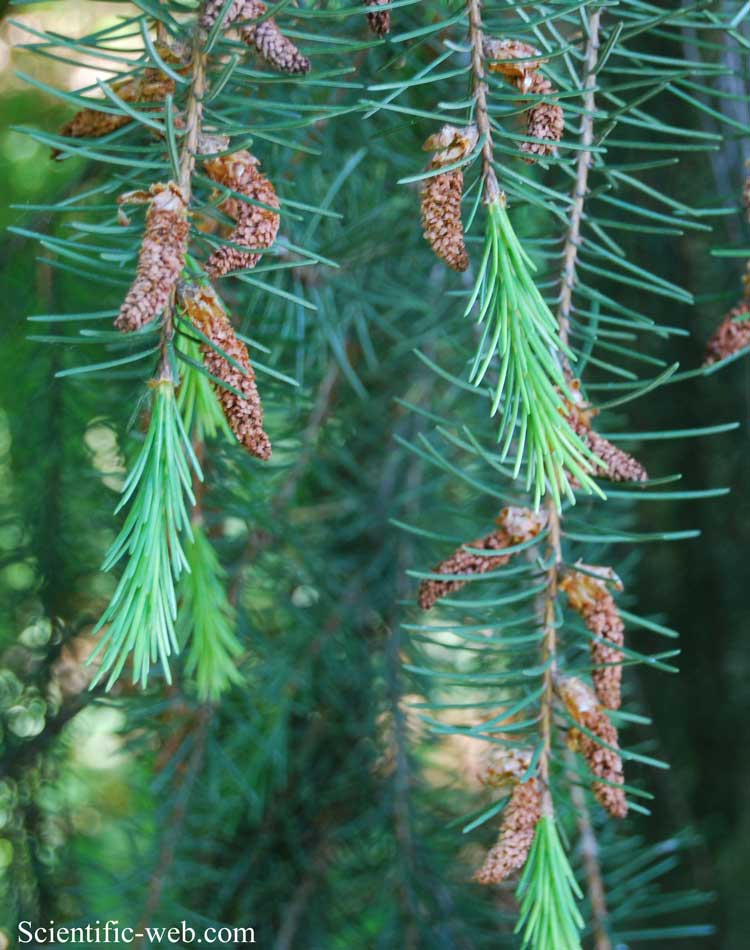Cladus: Eukaryota
Regnum: Plantae
Division: Pinophyta
Classis: Pinopsida
Ordo: Pinales
Familia: Pinaceae
Genus: Picea
Species: Picea breweriana
Name
Picea breweriana S.Watson

Picea breweriana, Photo: Michael Lahanas
References
* Proc. Amer. Acad. Sci. 20:378. 1885
* USDA, ARS, National Genetic Resources Program. Germplasm Resources Information Network - (GRIN) [Data from 07-Oct-06]. 28284
* USDA, NRCS. 2006. The PLANTS Database, 6 March 2006 (http://plants.usda.gov). Data compiled from various sources by Mark W. Skinner. National Plant Data Center, Baton Rouge, LA 70874-4490 USA.
Vernacular names
Internationalization
Deutsch: Siskiyou-Fichte
English: Brewer's Spruce
Türkçe: Brewer ladini


